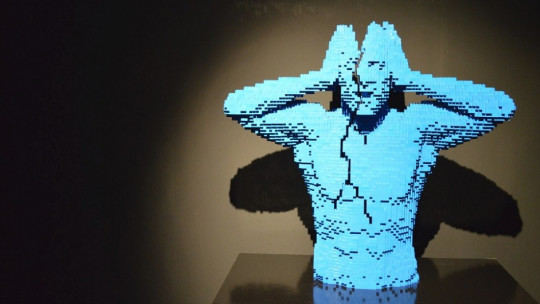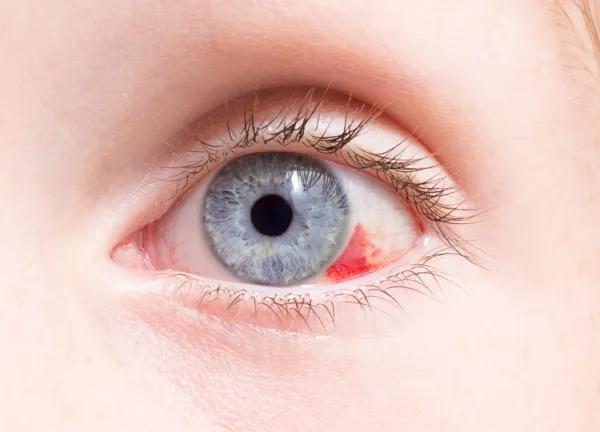One of the most common health problems in the general population is headaches, technically known as “cephaleas”. The two most common and well-known types of headache are tension headache and migraine, also called migraine.
Migraines are divided into several types based on its most representative symptoms and its main characteristics.
What is migraine?
Headache or migraine It is the third most common disorder worldwide after dental caries and tension headache. It often entails some degree of personal impact and even incapacity, if the intensity and frequency are high.
Along with tension or trigemino-autonomic headaches, migraines They form the group of primary headaches. This name indicates that they are not a consequence of other diseases or disorders but rather that the headache itself is the center of the problem.
Migraine is characterized by the presence of headaches of moderate or severe intensity that are normally throbbing, affect one side of the head and last between 2 hours and 3 days. The pain may be accompanied by other symptoms such as nausea and vomiting or sensitivity to light (photophobia) and sound (phonophobia).
In approximately 15-30% of migraine cases this It is accompanied by what we call “aura” a set of neurological symptoms that precede, accompany or follow headache. These include altered vision, numbness in one of the hands, general fatigue (asthenia), neck stiffness and pain, and increased or decreased activity level.
However, to understand the characteristics of the disorder in more detail, we must look at the different types of migraine.
Types of migraine and their symptoms
Migraines can be classified into different types, both when we refer to specific episodes and chronic disorders. These categories depend on variables such as the origin, symptoms and the presence or absence of an aura.
1. Migraine without aura
Migraine without aura It is the most common type of migraine. This is the name given to unilateral, throbbing headaches that are accompanied by symptoms such as nausea and intolerance to light and sound, but not a migraine aura.
Generally the pain is located in the forehead and temples. In children it is more common for it to be bilateral, while unilateral pain is characteristic of adolescents and adults.
To diagnose this subtype of migraine, five episodes must have occurred; If there have been fewer, the disorder is classified as “migraine without probable aura.” If the frequency is very high we will speak of chronic migraine.
2. With typical aura and headache
In migraines with aura, transient symptoms of a motor, verbal, sensory nature, such as tingling and numbness, or visual symptoms, such as scintillating scotoma, occur. in which a region of the visual field is illuminated, altering vision. The visual aura is the most common type.
In these cases the aura occurs at the same time as the headache or less than 1 hour before. It is common for migraines with and without aura to be combined in the same person, as well as migraines with and without headache.
3. With typical aura without headache
This disorder is diagnosed when there are recurrent episodes of aura, usually visual, without associated headache. Although migraines with headache may also occur, in this subtype the aura symptoms predominate over the pain, which may be absent or non-migraine in nature.
4. With brainstem aura
Brainstem migraine has characteristic symptoms such as vertigo, lack of coordination (ataxia), transient hearing loss (hypoacusis), tinnitus or tinnitus, double vision (diplopia) and difficulty articulating words (dysarthria).
Normally brainstem symptoms occur in conjunction with aura symptoms; This is why this type of migraine is classified within migraines with aura.
5. Familial hemiplegic
The most identifying symptom of hemiplegic migraine is motor weakness, which is part of the aura in this type of migraine and sometimes lasts for weeks. Other typical symptoms of the aura also occur, especially visual and sensory.
Familial hemiplegic migraine is diagnosed when one or more first-degree relatives have also suffered episodes of this type of migraine. It is common for them to appear brainstem symptoms, confusion, fever, and decreased level of consciousness.
In turn, familial hemiplegic migraine is divided into three subtypes based on the genes that cause the disorder.
6. Sporadic hemiplegic
Cases of sporadic hemiplegic migraine present the same symptoms as those of the familiar type. but the disorder has not occurred in close relatives so it is not possible to confirm its genetic origin.
7. Retinal
In episodes of retinal migraine vision in one of the eyes is altered during the aura. Phenomena such as the perception of lights (photopsia), loss of vision in a part of the visual field (scotoma) or temporary blindness (amaurosis) may occur. Sometimes there is no headache.
8. Chronic migraine
Chronic or recurrent migraine is diagnosed in cases where the migraine-type headache persists for more than three months and appears on half the days of each month.
Any type of migraine disorder will be classified as chronic if these criteria for duration and frequency are met, and the episodes may vary between the different types of migraine that we have described. Other headaches, particularly tension headaches, may also occur.
9. Probable migraine
The category “probable migraine” is a mixed bag that includes episodes that do not meet the diagnostic criteria of the previous types or other types of headache. These migraines can be diverse in nature and are further subdivided into probable migraines without aura and probable migraines with aura.









